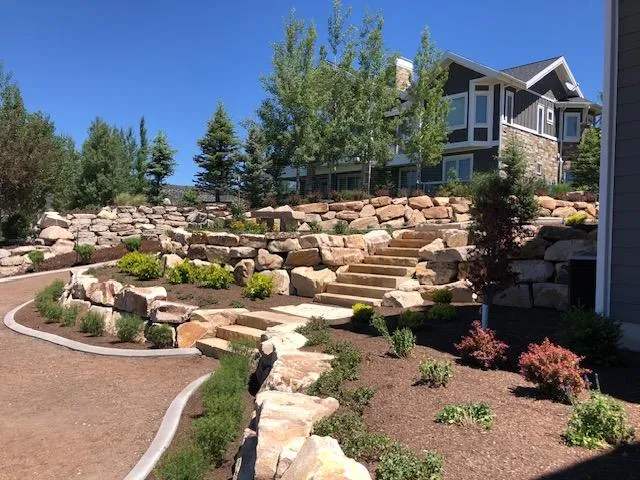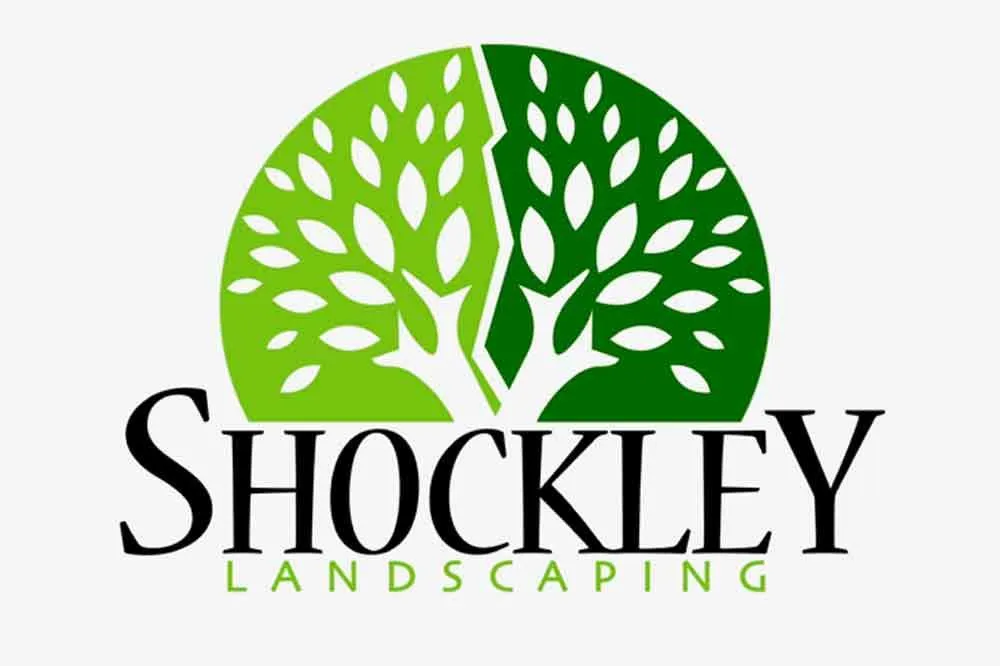Retaining Wall Installation in Utah County, UT
Build Strong, Lasting Retaining Walls with Natural Materials
Retaining walls aren’t just functional—they’re a key part of your landscape’s structure and style. At Shockley Landscaping, we specialize in retaining wall installation using only high-quality materials: boulders, natural stone, and segmental retaining wall blocks. Each solution is designed for long-term stability, erosion control, and seamless integration with your landscape.

When Should You Consider a Retaining Wall?
A retaining wall is essential for properties facing specific challenges or needs. Consider one if:
Your property has steep slopes prone to erosion or instability.
You need to manage water runoff and prevent flooding issues.
You want to create flat, usable areas on uneven terrain.
Your landscaping requires structural support for added durability.
You’re dealing with soil erosion affecting your yard’s integrity.
You want to enhance your outdoor design with functional features.
Your garden or yard lacks defined, visually appealing borders.
You’re installing hardscapes that need a stable foundation
You need to improve drainage in specific outdoor areas.
Your outdoor space requires a blend of strength and beauty.
What Types of Retaining Walls Do We Install?
We focus exclusively on retaining wall systems that combine strength, durability, and natural appeal:
Boulder Walls: Large, natural boulders stacked strategically to hold soil and manage slopes. These walls offer a rugged, organic look and work especially well in rustic or mountainous settings.
Natural Stone Walls: Crafted from hand-placed stone, these walls are ideal for decorative and structural use. Natural stone offers a timeless look and works with a wide range of landscape styles.
Segmental Retaining Wall Blocks: Engineered blocks that lock together without mortar for strength and flexibility. Great for both residential and commercial projects, these are durable and available in various colors and textures.
Common Uses for Retaining Walls
Holding back soil on hillsides
Creating raised garden beds or planting areas
Supporting patios or driveways on sloped land
Enhancing property layout and curb appeal
contact us
Expert Retaining Wall Installation in Utah Count
Get strong, durable retaining walls built with boulders, natural stone, or segmental blocks. Shockley Landscaping delivers professional installation designed to protect and enhance your landscape.
Call us today at (801) 787-1894 to schedule your retaining wall consultation.
Our Services
Helpful Links
Contact Information
Mapleton, Utah 84663
Business Hours:
Mon - Sat : 8:00AM - 5:00PM
Sun : Closed
© 2025 All Rights Reserved | Shockley Landscaping
